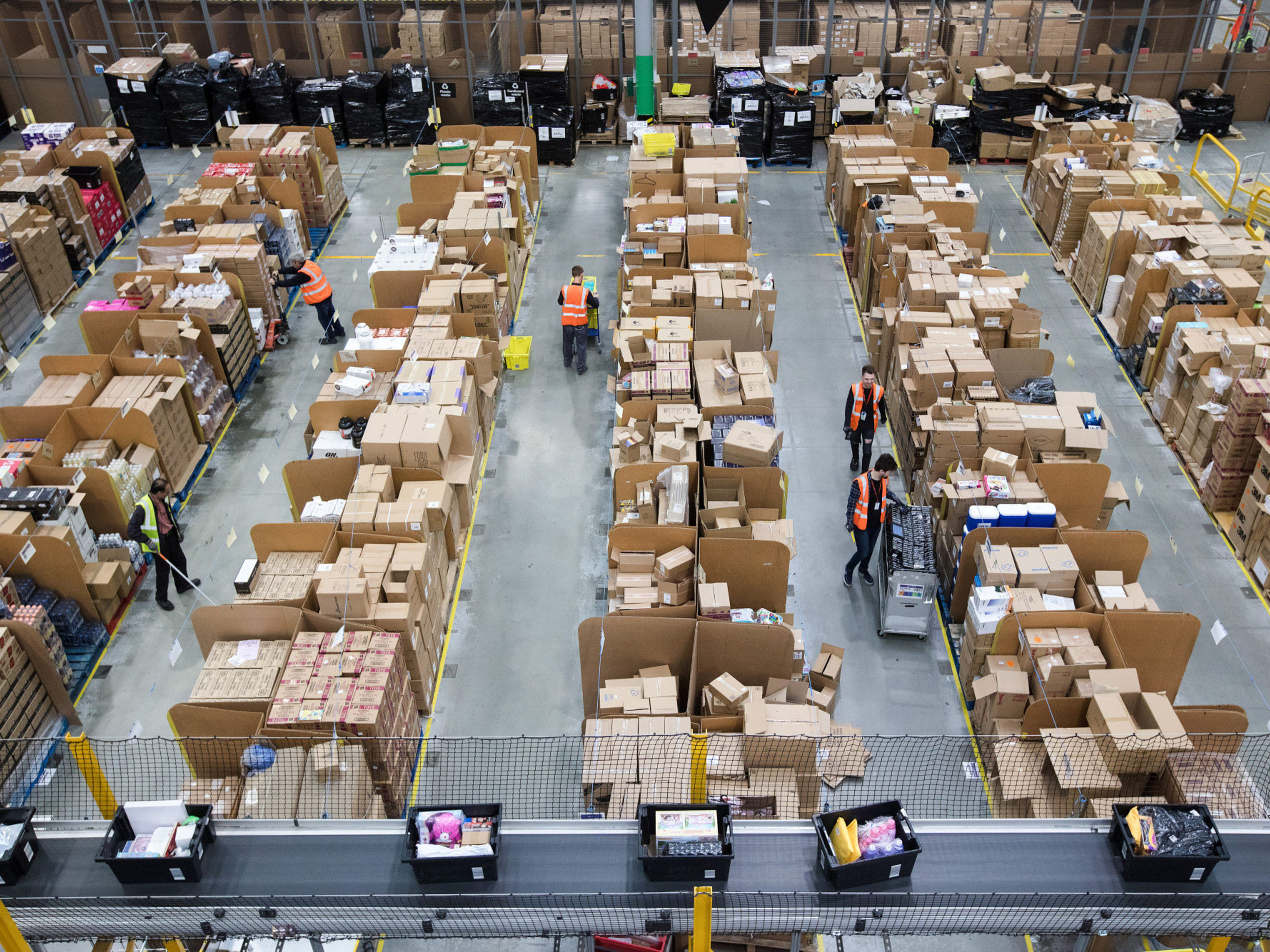
Last year, when storefronts faced closure and core distribution centers were reeling from COVID-19 challenges, brands found themselves at risk of losing their retail footprints, direct-to-consumer fulfillment capacity and wholesale delivery systems. Smaller, direct-to-consumer brands weren’t spared; widespread disruptions caused by the pandemic challenged the prevailing belief that a brand must be large to split inventory. The lessons of the last year confirm that if all inventory is in one place, any company, regardless of size, is vulnerable to material interruptions in the supply chain.
Of course, the solution isn’t as simple as equally distributing units of inventory across a distribution network. The key to successful inventory splitting is a strategic, data-driven approach that gets the right inventory in the right location at the right time. These three elements — inventory, location and time — are codependent in a successful distributed inventory operation; putting one piece in place without the other two will fail to get the job done consistently or reliably. The most effective strategies will take advantage of the copious amounts of data available — from customer demand to anticipated SKU velocity and transportation scenarios — to make informed decisions about where and how to distribute inventory.
A split inventory strategy offers many advantages, including three primary benefits that are key for both emerging and enterprise retail brands:
Improved delivery speed. Consumer expectations continue to evolve, and demand for fast delivery only grows. By locating inventory closer to the end consumer — store or home — companies not only enable faster delivery via ground-carrier networks, but also unlock the opportunity to partner with local and regional carriers. These partnerships protect brands from the inevitable disruptions and delays that occur when national carriers run into capacity challenges on the regional level. As companies diversify their carrier platform in this manner, they ensure faster, cheaper, and more reliable service.
Reduced shipping costs. From a fiscal perspective, both emerging and enterprise retail brands should focus on the product’s location. Strategically locating inventory, and partnering with local and regional carriers, enables more ground deliveries. They reduce base delivery rates and all but eliminate the accessorial charges that national carriers continue to impose. From peak surcharges to dimensional pricing factors, these fees can be avoided. The consequent savings allow funds previously designated for shipping costs to be reallocated to customer acquisition and product development, further improving the overall consumer experience.
Inventory protection. With transit time to the store reduced, inventory allocation to a given location can be made closer to actual demand. Brick-and-mortar stores are thus under less pressure to fulfill and can refocus their energy on selling, since the distribution center is local and easily accessible. In this scenario, the cost of fulfilling a direct-to-consumer order is lower at the distribution center than at the retail location. With inventory located strategically for all sales channels, demand is managed more dynamically.
Returns management can also improve through inventory splitting. According to the National Retail Federation, consumers returned 12.2% of apparel merchandise to retailers in 2020. For emerging brands, the average return rate is often higher, as customers new to the brand figure out sizing and other preferences. With a split inventory strategy, products can be appropriately positioned across the network by distributing returned inventory to the nearest facility rather than the original fulfillment center, or even better, to locations where there's likely to be future demand.
Customer concentration within urban geographies, combined with evolving consumer expectations around what’s considered a fast delivery experience, mean that in addition to splitting inventory between the East and West Coasts, brands should locate inventory in-market. As more companies offer next-day and same-day delivery options, what’s considered “on time” is constantly changing. And the cost of expedited delivery continues to increase unless the inventory is in-market. Distributing inventory within urban environments such as New York, Los Angeles, Chicago or Dallas facilitates cheaper and more reliable same-day delivery. Products are placed closer to the typical end-consumer, transforming premium expedited delivery service into the everyday delivery expectation.
Consumer purchasing behavior is changing. Consumer expectations continue to evolve. Capacity can be reduced or eliminated in a region overnight as the pandemic continues. And higher freight fees continue to hit shippers of all sizes. Innovation in supply chain management that includes an effective distributed inventory strategy creates an opportunity not only to survive, but to thrive in a post-pandemic retail world.
Brian Lemerise is president and chief operating officer at Quiet 3PF.







